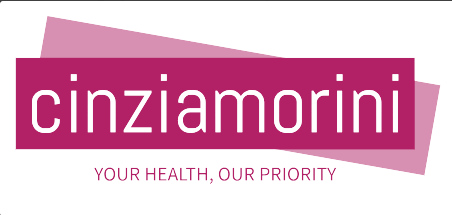
Chronic pain, an experience all too familiar for many, can drastically impact quality of life. It is a persistent discomfort that lingers beyond the usual healing period of an injury or illness. While conventional methods of treatment frequently rely on medication, there is a growing awareness of the value of taking a comprehensive approach to addressing chronic pain. Such an approach considers not only the physical factors contributing to discomfort, but it also acknowledges its psychological, social, and spiritual components.
The Complexity of Chronic Pain
Chronic pain itself is not just a simple symptom. Its effects are caused by a complex mix of biological, psychological, and social components. This personalized experience is shaped by genetics, lifestyle choices, mental health, and environment. Since pain manifests uniquely for each individual, effectively managing it presents unique obstacles.
Gaining true understanding of chronic pain requires acknowledging the biopsychosocial nature of this condition. This perspective considers how biological damage (such as nerve damage or inflammation), psychological distress (like stress or depression), and social circumstances (including isolation or work-related challenges) all contribute to our experience of pain. It is therefore important to address these various elements comprehensively rather than merely “fixing” a damaged part.
A Holistic Approach to Chronic Pain Management
A holistic perspective on chronic pain management adopts this biopsychosocial view of pain. It doesn’t focus solely on the physical manifestation but also targets the psychological and social aspects. This integrated approach has been gaining traction and acceptance in the medical community.
- Physical Dimension: The physical aspect of pain management involves interventions aimed at reducing the intensity of pain, improving functionality, and enhancing overall wellbeing. This may involve medication, physical therapy, acupuncture, or exercise.
- Psychological Dimension: Pain can lead to emotional distress, and emotional distress can intensify pain. Its a cyclical relationship that can exacerbate chronic pain. Cognitive-behavioral therapy (CBT), mindfulness, and other psychological interventions can help individuals manage these emotional aspects, breaking the cycle, and reducing pain perception.
- Social Dimension: Our social environment plays a significant role in our experience of pain. A strong social support network can buffer against the negative impacts of chronic pain. Interventions may involve improving communication with family, friends, and employers, as well as connecting with support groups.
The Role of Pain Management Doctors
In this broad landscape of chronic pain management, the role of pain management doctors, such as those who work at Utah health clinic KindlyMD, is pivotal. They act as guides, navigating patients through the myriad of options, and helping them create a personalized, comprehensive treatment plan. They possess the knowledge and the skills to address the physical aspect of pain, but they also recognize the importance of psychological and social elements. When managing chronic pain, physicians can develop a comprehensive solution by working with a healthcare team composed of psychologists, physiotherapists, and social workers.
The Importance of Self-Management
In managing chronic pain holistically, it is crucial to prioritize self-management and acknowledge that this condition necessitates taking charge of one’s health while also receiving support from healthcare providers. Self-management comprises comprehending the condition, participating actively in treatment, implementing essential lifestyle modifications, and utilizing self-care methods to handle pain.
Conclusion
When treating chronic pain in its entirety, one must be aware that pain is more than just a physical sensation. Indeed, it is something that can be affected by a great many things. Sop while dealing with chronic pain can be a very difficult and often prolonged battle, a comprehensive strategy for managing it means that sufferers do not need to endure it alone.
